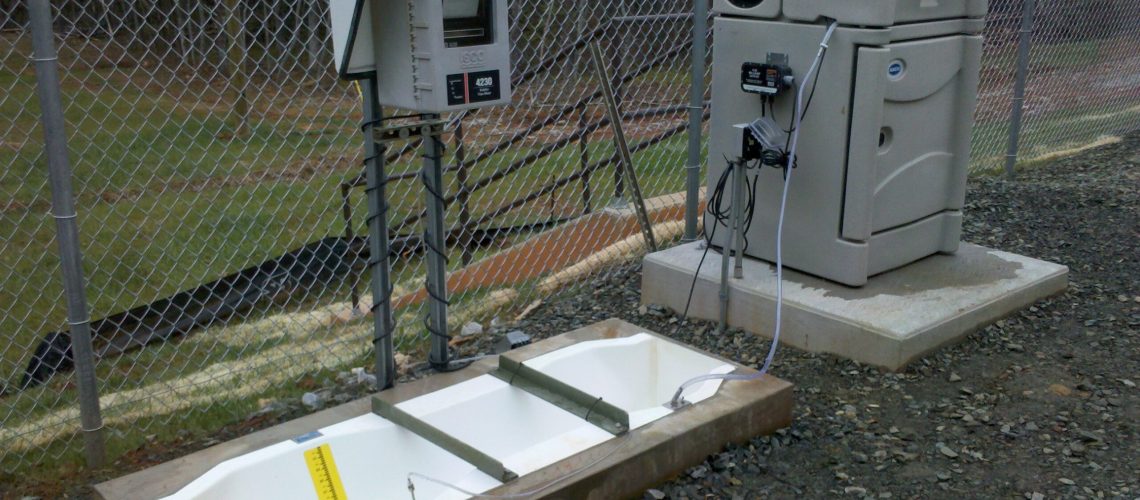One of the most important factors in getting accurate flow rate measurements from your flume is ensuring your flume is properly installed. Flume installation is essential for having any kind of success, and without proper installation, the entire endeavor of your flume could be compromised. Learn about the top tips for fiberglass flume installation, and ensure you get the accurate readings you deserve.
Optimize the Approach Channel
The approach flow of any flow channel needs to be subcritical and have an evenly distributed velocity profile to work properly with your flume. Anything less than meeting those standards, and you’re going to get inaccurate readings. The entire point of a flume is to measure the flow rate at the point of criticality, and that point is never reached if the flow is already supercritical on approach.
Additionally, the channel itself needs to be straight and level with the flume. Any bends or dips can cause the flow to jump, which alters the surface level of the flow. This, in turn, eliminates the evenly distributed velocity profile the flow requires for accurate readings. You may need an inlet end adapter to ensure your velocity profile is adequate.
Secure the Flume
Even if you get the flume in the proper place initially, you could still suffer from shifts later on. To keep your flume secure, you’ll need to brace the floors and the walls. This is done by cribbing, which is applying plywood and lumber internally to ensure the dimensions of the flume are maintained. The internal cribbing is then removed upon the installation’s completion.
As for keeping the flume in place within the channel, it’s often secured via concrete, grout, or with earth itself. Keep in mind that if the flume as a whole moves over time in response to erosion or some other natural phenomenon, it’s not necessarily the end of its usefulness, as the equations can sometimes be altered provided the interior dimensions are maintained.
Maintain the Dimensions
The interior dimensions of the flume are essential for the measurement equations to work. To ensure your dimensions are maintained, there are a few factors to consider. First, consider whether or not your flume is embedded or free standing. If it’s embedded, you can remove the interior cribbing after installation. If it’s free standing, however, it’s best not to remove the cribbing at all unless you’re replacing it with a cover.
After you’ve installed your flume and removed the cribbing in the case of an embedded flume, always give your flume one last measurement. Make sure that the interior dimensions were maintained successfully throughout the installation before writing off your installation as a success.
Flumes from Tracom
With the top tips for flume installation in mind, it’s time to get a flume of your own. That’s where Tracom can help. With our team, you can get a custom fiberglass flume that’s remarkably easy to install all while maintaining its exact dimensions. Contact us today to take the first step towards getting the ultimate flume for your flow channel.



